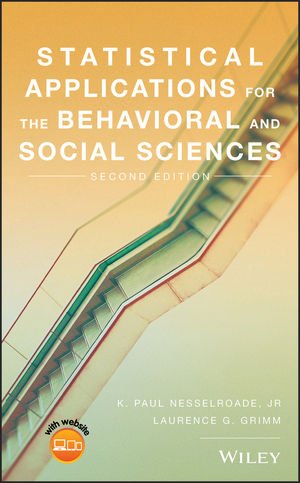(Essay found in Nesselroade & Grimm, 2019; pg. 186)

Thomas Bayes (1701 – 1761) was a nonconformist (a term used for those who had problems with the Church of England) English cleric, statistician, and philosopher (Bellhouse, 2001). Although his interests were broad and his writings ranging from theology to a defense of Newton’s ideas regarding calculus, he is most well-known for a posthumously published paper by a friend in which he formulated a specific case of the theorem that now bears his name (Bayes’ Theorem; see section 6.9). His theorem solved the problem of inverse probability (also known as the, “confusion of the inverse” or “conditional probability fallacy”). As a result of his broad contributions to mathematics, Bayes was elected as a Fellow of the Royal Society sometime in the mid 1700’s and prior to his death in 1761. This was the most prestigious British association for individuals who had been deemed to have made substantial contributions to the improvement of what was called “natural knowledge.”
The currently used term Bayesianism comes not only from Bayes’ own writings, but also from the work of a French scholar named Pierre-Simon LaPlace (1749-1827) who used Bayes’ ideas to develop a way to think probabilistically about events that may not be part of a known “reference class” (e.g., Stigler, 1986); or what we have previously referred to in our text as the “sample space.” This way of thinking allowed probability theorists to reason about the accuracy of various speculative hypotheses by first assigning prior probabilities which were to be later updated to posterior probabilities in the light of new and relevant data in a recursive system of thinking. What we now call Bayesianism (or Bayesian Probability) is the standard set of procedures and formulae utilized for this sequence of calculations.
Find this and other spotlights on important statisticians in the Nesselroade & Grimm textbook.
Bellhouse, D. R. (2001). The Reverend Thomas Bayes FRS: a Biography to Celebrate the Tercentenary of his Birth. Unpublished manuscript. Retrieved from: http://www2.isye.gatech.edu/~brani/isyebayes/bank/bayesbiog.pdf
Stigler, S. M. (1986). The History of Statistics: The Measurement of Uncertainty before 1900. Cambridge, MA: Harvard University Press.